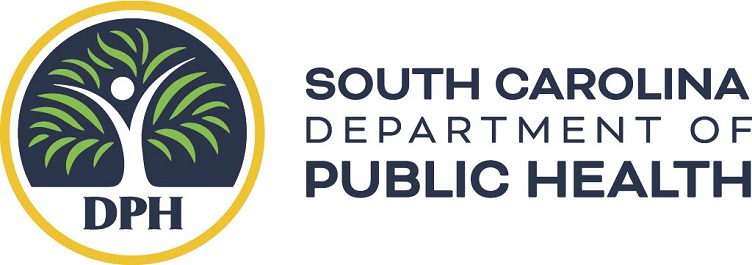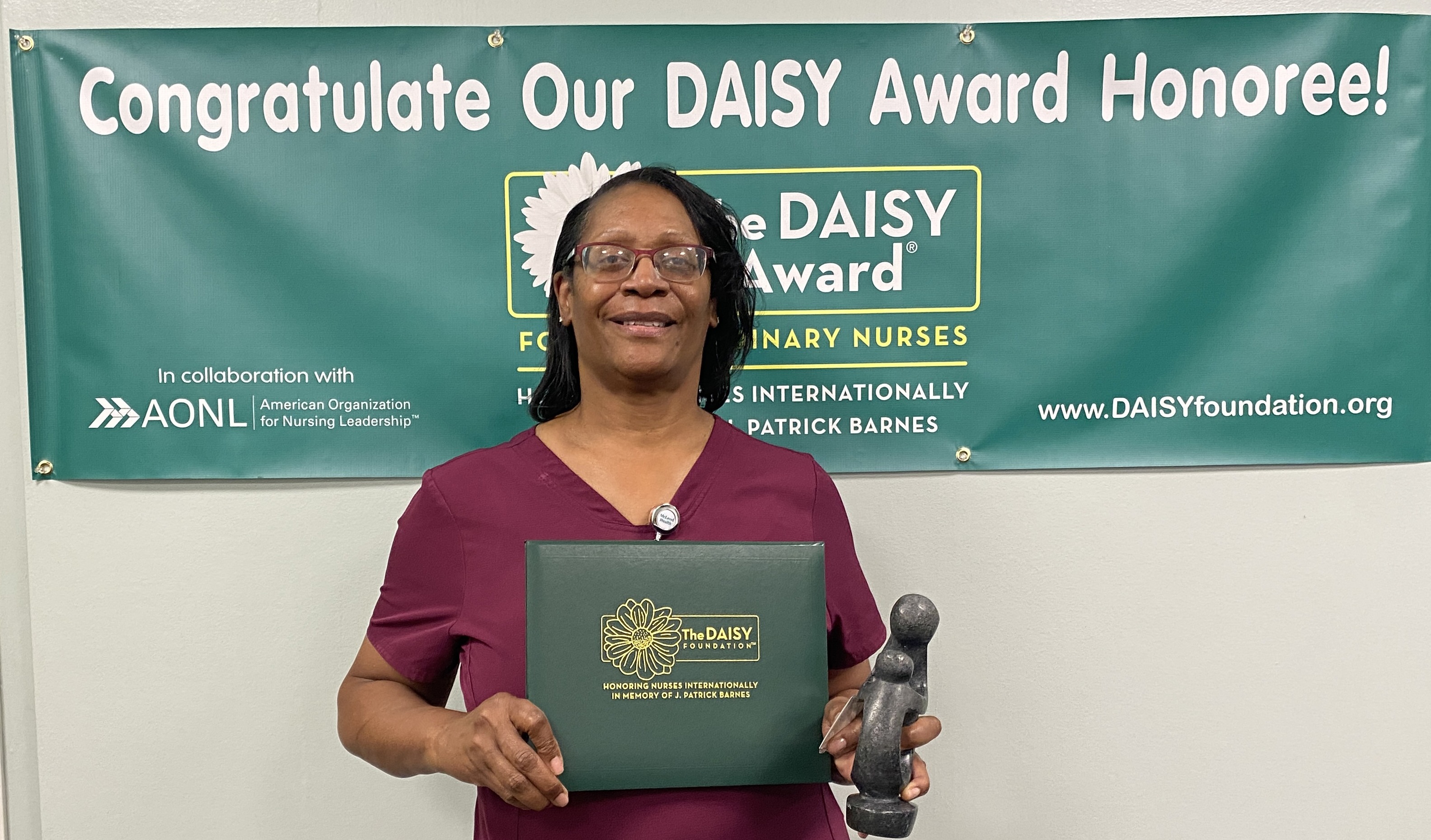COLUMBIA, S.C. – During National Lead Poisoning Prevention Week (Oct. 20-26), the South Carolina Department of Public Health (DPH) encourages residents to learn the dangers of lead exposure and how to protect themselves and their families from it. The theme for this year’s National Lead Poisoning Prevention Week is “Bright futures begin lead-free.”
Get the Facts: While lead is a naturally occurring element, exposure to it can cause serious harm to people, especially children. Items such as leaded gasoline and household paint containing lead are no longer sold in the United States, but lead can still be found in everyday environments; it’s most frequently found in plumbing and paint in older homes as well as in contaminated dust and soil. Some toys, especially those that are imported or are antique toys, and toy jewelry may contain lead.
Lead can enter the body through breathing in lead dust, swallowing lead dust that settles on food or food preparation surfaces, drinking water contaminated with lead, or ingesting paint chips, dust, or soil that contains lead.
According to the Centers for Disease Control and Prevention, childhood exposure to lead can cause long-term harm. Adverse effects of lead exposure include damage to the brain and nervous system, slowed growth and development, learning and behavior problems, and hearing and speech problems.
“Lead poisoning is preventable,” said Dr. Brannon Traxler, DPH deputy director of Health Promotion and Services and chief medical officer. “We want to ensure parents and caregivers are educated about the risk of lead exposure and how to best prevent children from encountering lead. Prevention is key, because children with lead poisoning may not have any symptoms.”
Get Your Home Tested: Housing built before 1978, and especially housing built before 1960 may contain lead-based paint. The only way to know is by having the home tested. Assume that the paint has lead unless tests show otherwise. DPH recommends the following steps to prevent lead exposure at home:
Make sure your child does not have access to chipping or peeling paint or chewable painted surfaces;
Regularly wet-mop floors and wet-wipe window sills and horizontal surfaces to remove dust;
Regularly wash children’s hands and toys, especially after exposure to household dust or exterior soil and before eating;
Do not let children play with recalled toys, toys manufactured before 1978, and vintage and antique products that may contain lead-based paint and discourage children from chewing on plastic toys;
Provide sandboxes or cover bare soil with grass, mulch, or wood chips in outdoor play areas;
And avoid stripping lead paint, especially using heat, as doing so can put lead in the air. Lead paint removal should only be done by professionals.
Get Your Child Tested: Simple blood tests that check for lead levels are often performed by pediatricians during children’s wellness visits, usually the 12- or 24-month visits. Parents or guardians should talk to their child’s health care provider if they have questions or concerns about their child and lead exposure. Blood tests may be required for adults in occupational settings where there is a potential to be exposed to lead.
Lead test results are reported to DPH. If the blood test detects elevated lead levels, the health care provider will provide guidance to their patient.
Additionally, a DPH nurse will contact the patient (or parent or guardian if the patient is a child) to learn more about how the person might have been exposed to lead. For children under the age of 6 who meet DPH’s referral criteria, a public health nurse will provide education and case management to the family. DPH staff who are certified lead risk assessors may conduct an environmental lead assessment at the home to identify lead hazards. Identified lead hazards can then be remediated.
“Environmental lead assessments are crucial to determine a child’s source of lead exposure,” said ML Tanner, program manager for DPH’s Childhood Lead Poisoning Prevention Program. “Knowledge is power and identification of lead hazards in a home is the first step in protecting a child from further harm.”
To learn more about lead exposure, visit the DPH website or call 1-866-4NO-LEAD (1-866-466-5323).







